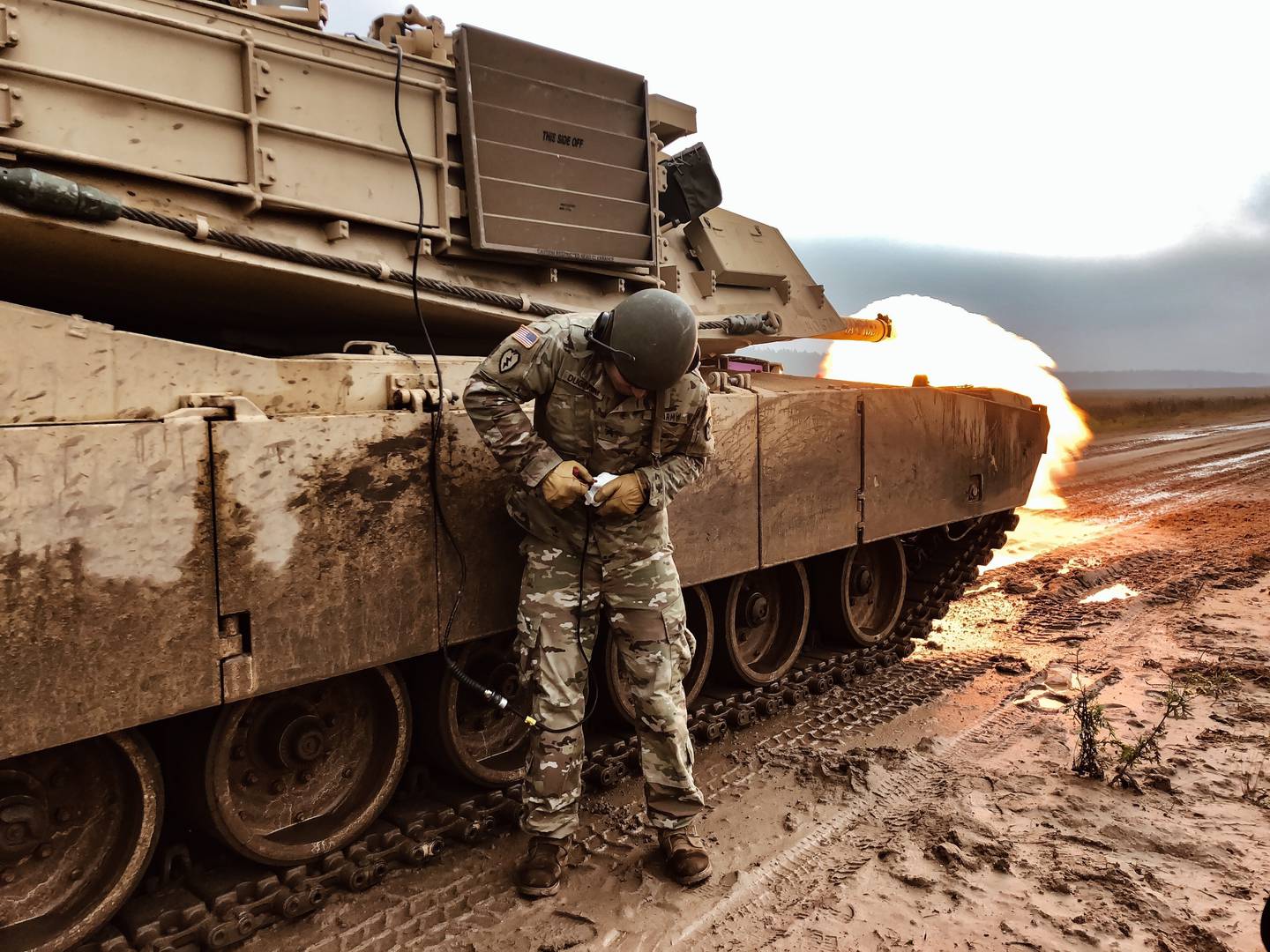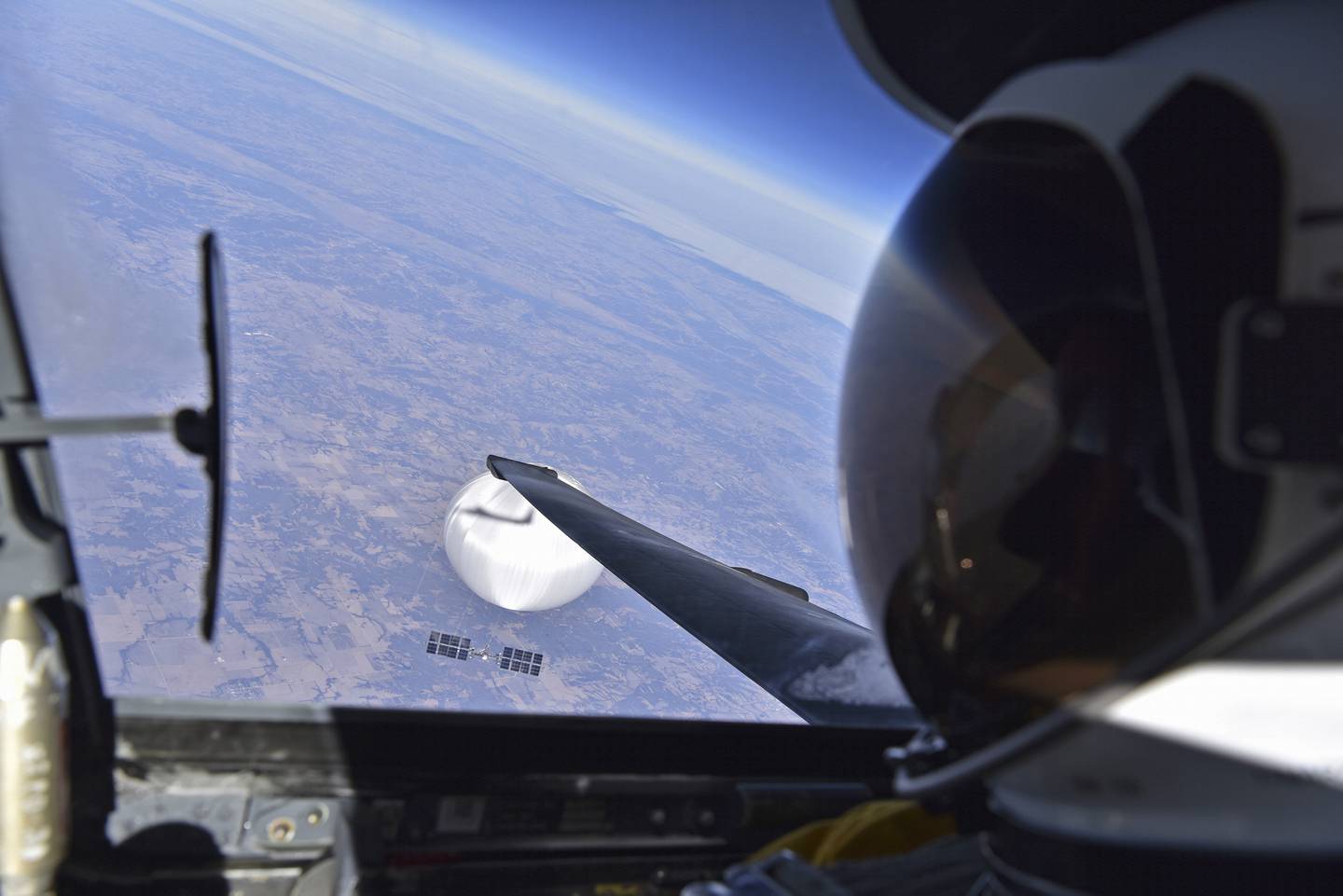Every year, the military services and combatant commands send unfunded priority lists — otherwise known as wish lists — to Congress, laying out items they want but did not get into the budget. This year, the process has taken on some drama.
Progressives hate the lists because they can act as mechanisms to increase the defense budget. Thus, Sen. Elizabeth Warren, D-Mass., has made elimination of the wish lists a major theme. Pentagon political leadership hates the lists because what is requested may not align with the department’s strategic vision. The Defense Department comptroller just sent a letter agreeing with Sen. Warren. Deficit hawks have recently signed on as part of their effort to reduce government spending.
On the other hand, congressional defense hawks and the military services love them as a way to provide unfiltered advice to Congress and guide any additional funds that might become available.
Given that political drama, it is worth investigating what’s on these lists for fiscal 2024.
Pushback
Such lists have been around since the 1990s. Then-Defense Secretary Robert Gates tried but failed to abolish them in 2009, though he was able to review and shape them before transmission to Congress. He also changed the name from unfunded requirements list to unfunded priorities list in order to remove the sense of urgency.
Congress responded by making the lists a statutory requirement. The current DoD leadership has complied, but like Secretary Gates they have reviewed the lists before transmission to Congress.
A striking feature of the lists is the lack of a standard format. Although the congressional language specifies the required information, the DoD has apparently refrained from issuing formatting guidance, perhaps as a reflection of the political leadership’s opposition. Thus, some submissions, like those of the Army and Space Force, are just spreadsheets with items, appropriations and dollars. Others, like Southern Command and Central Command, have elaborate justifications in text.
The big picture
The DoD leadership’s review may be having an effect, beginning with a reduction in the total amount. This year’s submissions total just $16.4 billion (excluding Cyber Command, the National Guard Bureau, Strategic Command and the Missile Defense Agency, which have not made their lists public), down from $21.5 billion for FY23 and $23.8 billion for FY22.
Another effect is what’s not on the list: people. In the past, the military services have asked for more people to fill out existing units or build new units. Such requests have future funding requirements that the DoD likely does not want to commit to, thus none of the services asked for more people this year.

Also missing are major weapons. One might expect long lists of airplanes, ships and fighting vehicles, but those are mostly absent. Their presence would imply a warfighting gap that the DoD leadership does not recognize.
So what is on the lists? First, there is lots of military construction and facilities maintenance. For example, facilities comprise half of the Navy and Air Force lists and a third of the Army list. There is a general recognition that the DoD underinvests in its facilities, so seeing many such items on the lists is consistent with expectations.
Further, such items do not undermine the department’s strategic direction and so are acceptable when reviewed by the Office of the Secretary of Defense. There are also many readiness items like spare parts and enhancements to weapon systems.
What do the services want?
Although there are common themes, each service request has items that deserve discussion.
Army ($1.93 billion): Beyond facilities, the Army’s top priority is air defense, followed by helicopter enhancements. However, the largest item ($533 million) is for M1 Abrams tanks. Every year, the Army cuts its request for this program, and every year Congress adds money. Thus, this constitutes a brazen plea for Congress to provide money that the Army did not.

Navy ($2.533 billion): On the half of the list that is unrelated to facilities, there is money for spare parts and electronic warfare upgrades to ships. However, there are no ships and only one aircraft — a KC-130J for the reserves.
Marine Corps ($3.672 billion): Ironically, there is a ship on the Marine Corps list — an LPD Flight II. The reason this is on the Marine Corps list and not the Navy list arises from a feud between the two services about the nature of the amphibious fleet. Although the Office of the Secretary of Defense reportedly does not support the ship, it is a congressional interest item, so the DoD decided to let it go. Besides the ship, there are many prosaic items like trucks, trailers and spare parts for Force Design 2030. There is also the usual large request for military construction ($758 million).
Air Force ($2.453 billion): As with the Navy, half of the list is military construction. The major item on the other half is an acceleration of the E-7 airborne early warning aircraft program ($596 million), but no other aircraft, even though the Air Force is not buying enough aircraft to support its force structure.
Space Force ($477 million): The Space Force’s list might be characterized as “details available at a higher level of classification.†Only $43 million of the $477 million (9%) has an unclassified description. The other items are listed as classified programs A, B, C, D, E and F.
What do the combatant commands want?
The statutory language requires the combatant commands to submit lists. These lists include specialized procurement relevant to their region as well as additional exercises and allied engagement. The lists also reflect the needs of a global superpower, with items for enhancing capabilities in regions as diverse as the Arctic, the Middle East, Africa and South America.
European Command ($160 million): The request is split between air base defense — a reaction to the war in Ukraine — and upgrades to communications infrastructure. The request notes that European Command has received a lot of money through the European Deterrence Initiative and Ukraine supplementals, so the list is not as long as it might have been.

Indo-Pacific Command ($3.481 billion): Perhaps sensing that its strategic moment has arrived, and reflecting the department’s focus on the Pacific, INDOPACOM’s list is by far the largest from a combatant command. The administration is sending a message about China being “the pacing challenge.†The list covers a wide variety of capabilities from space to cyber to command and control. There is nearly $1 billion in munitions. The largest item ($511 million) is to increase “campaigning,†which means more exercises and activities.
Africa Command ($397 million): The largest amount is for persistent presence in Somalia ($152 million). Recognizing that it is a “posture limited theater,†AFRICOM also has a large request for intelligence, surveillance and reconnaissance ($224 million) as a substitute for boots on the ground.
Special Operations Command ($847 million): The list has 23 items covering various weapons and command-and-control systems. There are several large items of interest: acceleration of counter-drone systems ($91 million), likely driven by experience in Ukraine; development of an improved MQ-9 Reaper drone ($93 million), which is interesting since the Air Force is moving away from non-stealthy drones; military construction ($149 million); and cost overruns on the MH-47G block II helicopter production ($108 million).
Central Command ($291 million): The top priority is countering unmanned aerial systems, which is not surprising since Iran routinely conducts attacks using these systems. The most expensive item is pre-positioned war reserves ($125 million) to “compensate for the lack of forces and footprint in theater.†Such enhancements speed future deployments. In addition, there are a variety of theater-specific intelligence requirements.
Northern Command ($366 million): The enhancement of Arctic capabilities is at the top of the list. The most expensive item ($212 million) is nine long-range radars “to fill surveillance gaps caused by existing radar failures.†No doubt this arises from the embarrassing Chinese balloon intrusion.

Southern Command ($272 million): Because the theater lacks an immediate military threat or permanently stationed U.S. forces, the request has a different flavor: Half is for sensors to detect illegal mining, fishing and drug movements, and half is for enhancing engagement with allies and partners, mostly on nonlethal activities like disaster assistance and countering disinformation.
Transportation Command ($0): Alone among all the organizations, Transportation Command has no items on its list. “The FY 24 budget request supports the USTRANSCOM mission.†This lack of a Transportation Command priority list has been the case for several years, so it reflects an organizational policy decision, not the vagaries of the FY24 budget.
Looking ahead
The combination of progressive opposition to defense budgets, deficit hawks trying to squeeze the federal budget and opposition by DoD leadership may eliminate these lists in the future.
However, defense hawks, particularly those on the authorization committees, find such lists useful. So even if the statutory language goes away, some sort of list will likely be required in the future.
For the administration, it may be enough to review and shape the requests rather than suppress them entirely. The current lists might be a minor annoyance by implying inadequate resources, but they do not pose a political or strategic challenge to the administration’s chosen path.
Mark Cancian is a senior adviser for the International Security Program at the Center for Strategic and International Studies think tank.








